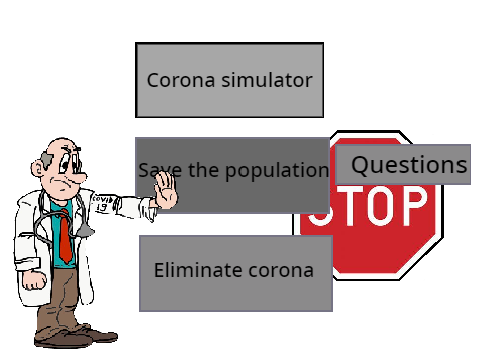A Prototype Device for Early Detection of Harmful Algae Blooms [HABs] In Marine Ecosystems
The Project
Harmful Algae Blooms [HABs] negatively affect the environment by releasing airborne toxins as well as causing the death of many organisms in marine waters. A mobile device able to identify potential HABs could give warning in advance to the community regarding the algae bloom and its negative effects on the ecosystem and organisms that live in the surrounding areas. Research for this project was carried through 3 separate experiments, each lasting 19 days. In each experiment separate containers of Nannochloropsis oculata cultured with different levels of nutrient strength compared normal growth rates against those that would lead to a Harmful Algae Bloom [HAB]. In Experiment #1 development rates were measured using a microscope with a hemocytometer to count cells and a spectrophotometer to measure optical absorbance rates. In Experiment #2, a spectrophotometer alone was used. Results from the first two experiments demonstrated that: (1) the effects of Nitrate increase the growth of phytoplankton, (2) the cell count closely matched optical density measurements and (3) mathematical trends can predict excessive plankton growth rate that can lead to HABs. These results were the basis for Experiment #3: the design and construction of a Harmful Algae Bloom Autonomous Detector [HABAD], a device that could predict the development of an HAB before it became toxic to the environment. Using 3 multi-channel optical sensors, the HABAD reflected light to measure 18 separate spectroscopic wavelengths from 410 to 940 nanometers. Through two 19-day trials, the HABAD did not match the effectiveness of earlier [the] direct reading instruments but still suggested that through the analysis of the growth rate it could predict an algae bloom before it became a dead zone and toxic to the environment.
About the team
Team members
More cool Community projects

Coronavirus
Scratch

